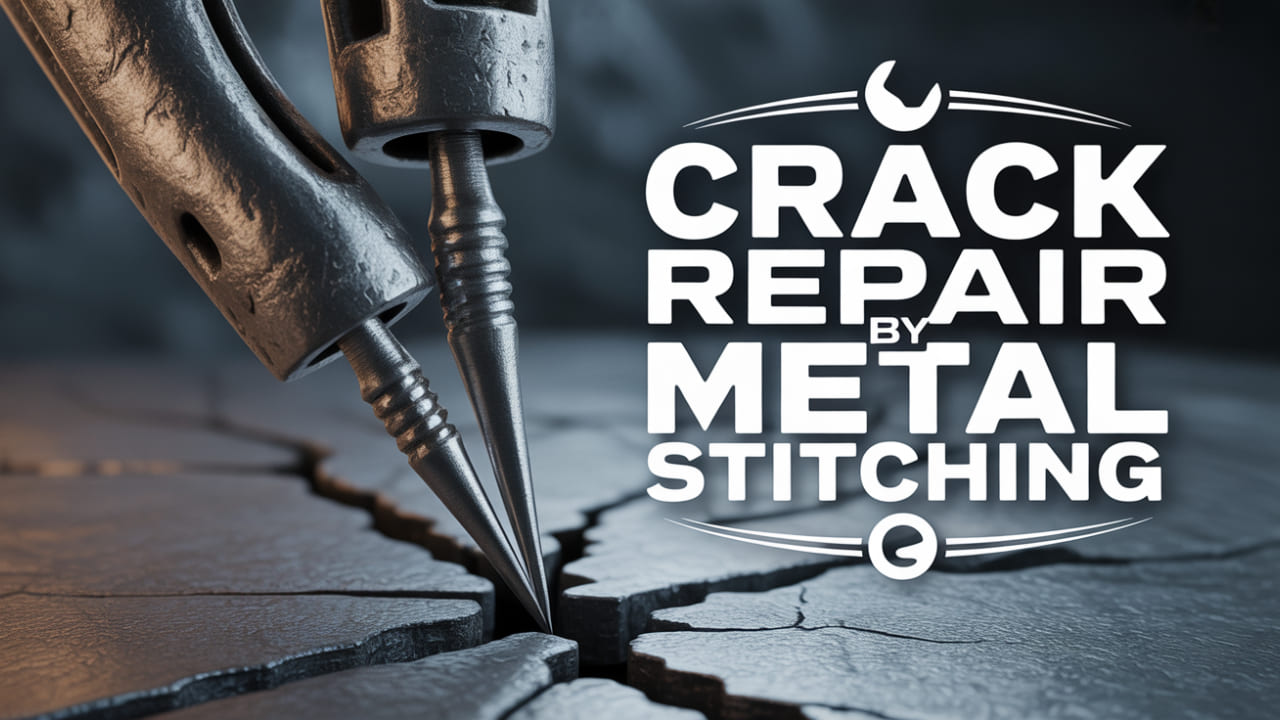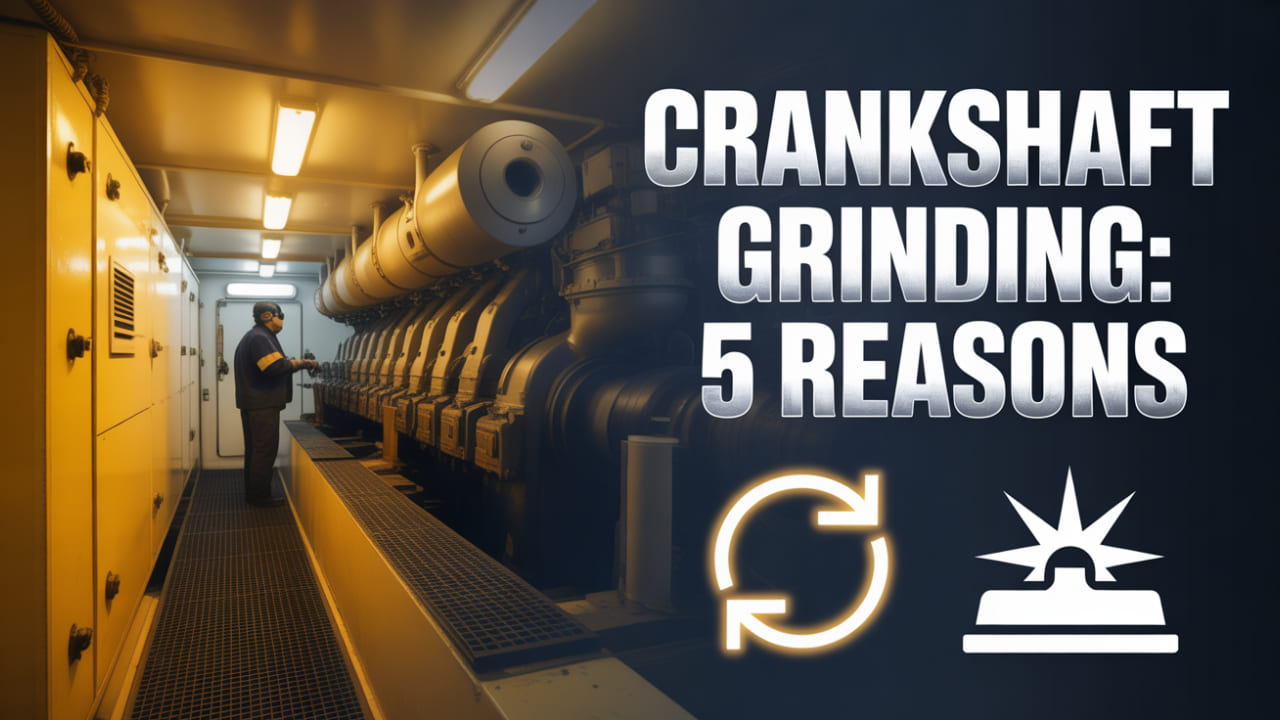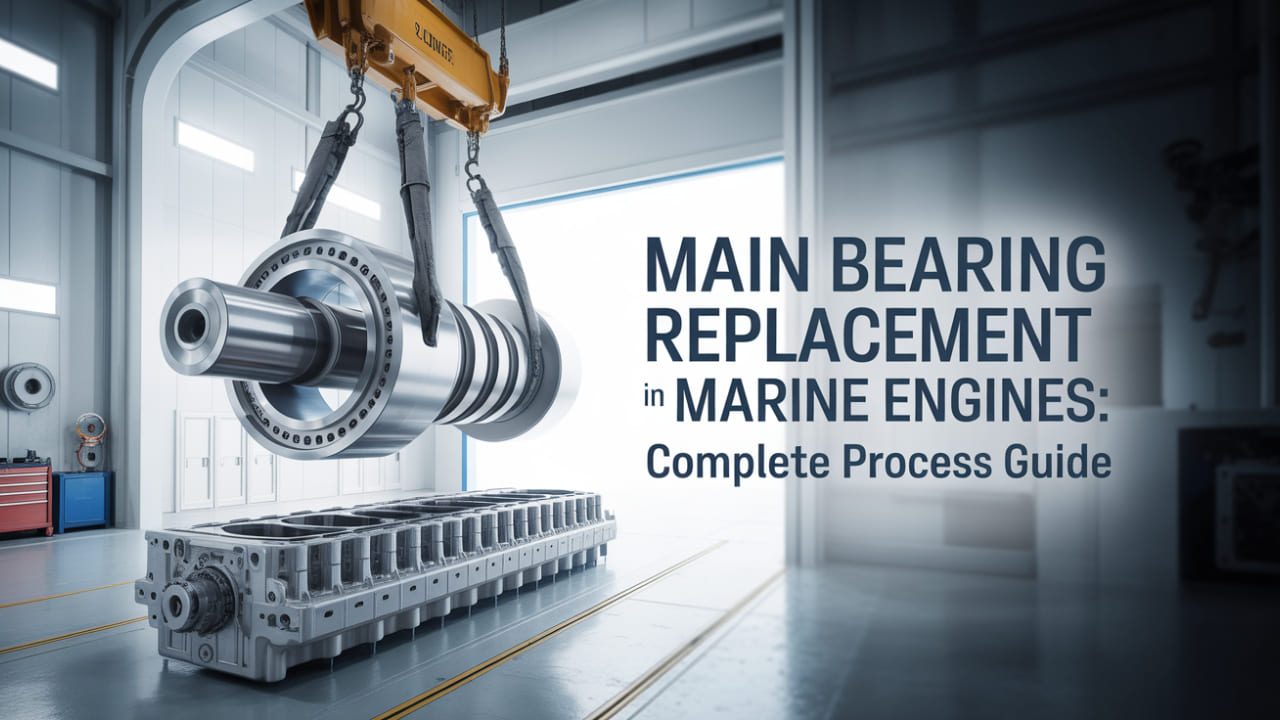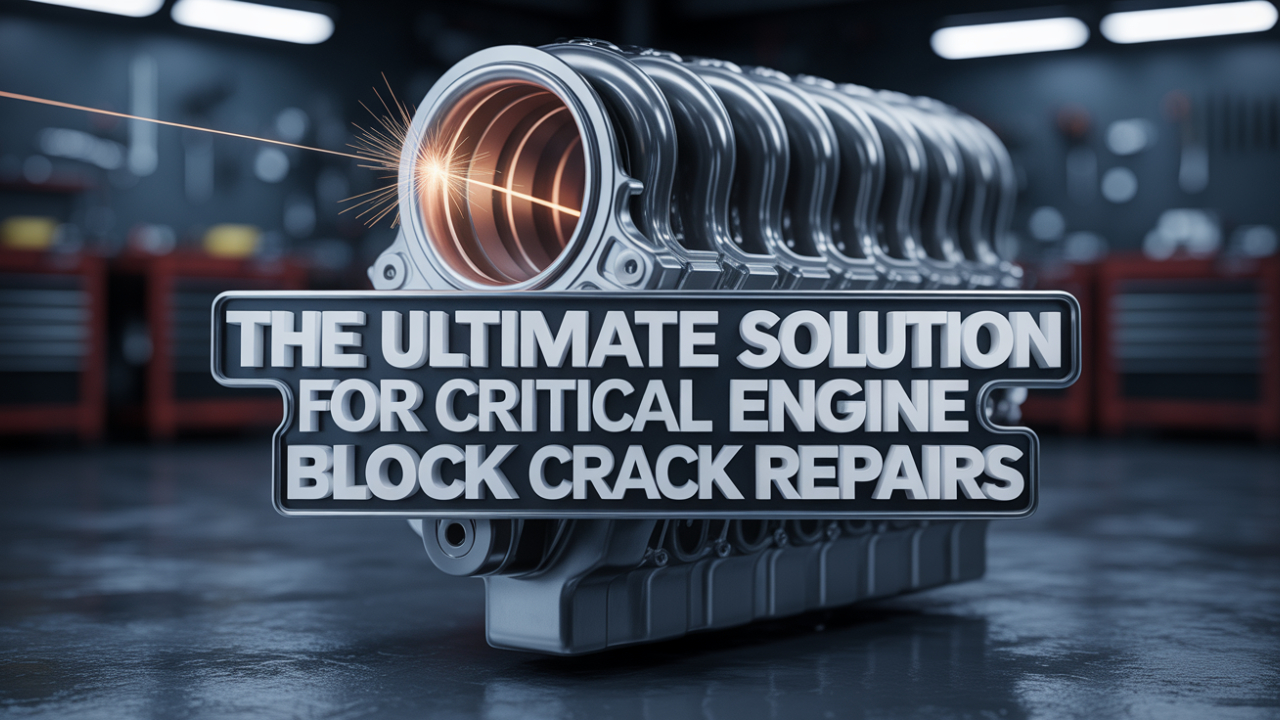Cracks in engines, machinery or even any heavy equipment can cause major issues if not addressed properly and earlier. These cranks can lead to unexpected breakdown, down entire work, and ultimately result in high repair or even replacement costs.
Most traditional repair methods only fix the issues temporarily and may prevent cracks from coming back. That’s exactly where metal stitching always becomes a reliable and long-lasting solution.
In this guide, we’ll explain in detail why cracks happen, how stitching works, common mistakes that need to be avoided, and some of the expert tips to make repairs last longer. Furthermore, we’ll also include some real-life examples in order to show how professionals actually repair cracks safely and efficiently, and help you protect your machinery and save money over time.
Why Cracks Recur Even After Repairs?
Cracks in engines, machinery, and sometimes in heavy equipment mostly reappear. Below, we’ve mentioned the main reasons why cracks exactly recur, helping you understand the cause and prevent that repeated failures:
1. Stress Concentration
Generally, cracks start at areas with higher stress, such as corners, bolt holes, or sometimes sharp edges. And, if repairs don’t redistribute these forces, then cracks can be opened again or even new ones sometimes take place.
Tip: Inspect stress points using visual checks or finite element analysis before repairing.
2. Vibration and Fatigue
Constant vibration in engines and machinery actually result in metal metal fatigue, gradually widening cracks. Even cracks that are repaired can return if vibration stresses aren’t addressed.
Tip: Use proper reinforcement or vibration dampening along with the repair.
3. Thermal Expansion and Contraction
Repeated heating and cooling actually cause metal to expand and contract. All those repairs that don’t allow for this movement may weaken and crack again.
Tip: Choose methods like metal stitching that preserve structural flexibility.
4. Material Defects and Overload
Defective metal, corrosion, or operational overload can create new stresses that lead to cracks.
Tip: Combine repairs with preventive maintenance, proper lubrication, and load management.
5. Not All Cracks Are the Same
Surface cracks may be fixed with welding or adhesive, but deep or load-bearing cracks actually need metal stitching or reinforcement in order to restore full strength.
Key Takeaway: Recurrent cracks generally indicate underlying stress, vibration, thermal or even material issues. It’s really important to identify the root cause and choose the right repair method to ensure long-term durability.
Metal Stitching vs Other Repair Methods: A Clear Comparison
Whenever repairing metal cracks, common approaches include welding, part replacement, epoxy filling, as well as metal stitching. Here’s how exactly they compare in terms of durability, cost, and long-term reliability:
| Repair Method | How It Works | Pros | Cons / Hidden Risks | Best Use Case |
| Welding | Fuses the metal using high heat | Quick, strong joint initially | Heat distortion, stress concentration, may cause new cracks | Small cracks where heat won’t affect surrounding structure |
| Part Replacement | Removes and replaces damaged component | Full structural integrity | High cost, time-consuming, downtime required | When damage is beyond repair |
| Epoxy Filling | Fills cracks with resin or adhesive | Low cost, easy application | Weak under stress, vibration, or temperature changes | Temporary fix for non-critical areas |
| Metal Stitching | Mechanically locks cracks with keys/pins | Preserves original metal, distributes load, durable | Requires skilled technician, slightly slower than welding | Long-term repair without heat damage, high-stress areas |
Why Choose Metal Stitching?
- Differently from welding, it actually avoids heat distortion and preserves surrounding metal.
- This approach is less expensive and less disruptive than full part replacement.
- Metal stitching is truly more stronger and reliable than epoxy, especially for components that are structural.
Pro Tips:
- Use welding only when distortion is not a concern.
- Avoid replacing parts unless absolutely necessary.
- Metal stitching is ideal for critical, load-bearing parts needing permanent, stress-free repairs.
Common Mistakes Companies Make During Metal Stitching
- Using the Wrong Keys or Sizes: If you choose incorrect pins or even pins, then it can compromise the repair strength and cause the crack to reopen. So, always match key type and size to the metal and crack.
- Poor Alignment During Installation: Actually, misaligned stitching fails to distribute load precisely, and reduces durability. And, precise replacement ensures the crack is fully supported.
- Skipping Pre- and Post-Inspection: If cracks are not inspected before and after stitching, then it can hide underlying issues or even installation errors, and leads to failures in future.
- Relying on Uncalibrated Tools: Worn or uncalibrated drilling utilization and stitching tools can lead to inaccurate holes and weakened joints.
- Ignoring a Quality Assurance Checklist: Without a structured QA process, essential steps may be missed. If you prioritize a checklist, then it will be better. A checklist actually ensures that every stitch is installed correctly, load distribution is verified, and inspections are complete.
Actionable Insight:
- Create a simple QA checklist: verify key type, measure alignment, inspect cracks before and after, calibrate tools, and confirm load distribution.
Advanced Tips for Maximum Durability
When it comes to repairing cracks in your machinery or engines, the right repair can make a huge difference in how long it lasts. Here are some important tips to ensure the repair holds up over time:
1. Understand How the Repair Handles Stress
Not all cracks are the same, and some parts of your machine carry more load than others. Ask the repair company how their solution strengthens the affected area and prevents the crack from coming back.
2. Regular Monitoring After Repair
A repaired part should be checked periodically to make sure it’s holding up. Professionals use inspections to catch potential issues early, which helps avoid costly breakdowns in the future.
3. Ask About Extra Reinforcement
For critical parts or heavy-duty machinery, the best repairs often combine metal stitching with additional support, like reinforcement plates or high-quality adhesives. This ensures your equipment stays reliable for years.
Key Takeaway: A repair isn’t just a one-time fix. Choosing the right solution and following up with proper checks and reinforcements helps keep your machinery running safely, efficiently, and longer.
The MPA Power Projects Advantage: Beyond Repairs
At MPA Power Project, we do not just offer a repair, but also experience, accuracy and team spirit to approach a problem at hand. Our team guarantees shorter turnaround times, reduced repeat repairs, and compliance with international standards of compliance.
Indicatively, one of the turbines had been found to be going wrong repeatedly; our intervention saw the turbine run almost perfectly, the efficiency returned to it, and no cases of recurrence ever came up. Through innovative technical expertise and can-do solutions, MPA Power Projects ensures quantifiable outcomes in terms of time savings, less expensive and long-term reliability of all your power systems requirements.
Conclusion
Metal stitching crack repair is more than just a band-aid solution; it’s a dependable way to rebuild strength, minimize downtime, and safeguard your equipment over time. You can prevent costly replacements and recurring problems by being aware of the causes, selecting the best repair technique, and listening to professional advice.
For accurate, long-lasting, and skilled metal stitching repairs that maintain the safe and effective operation of your engines and equipment, rely on MPA Power Project.











No Comments